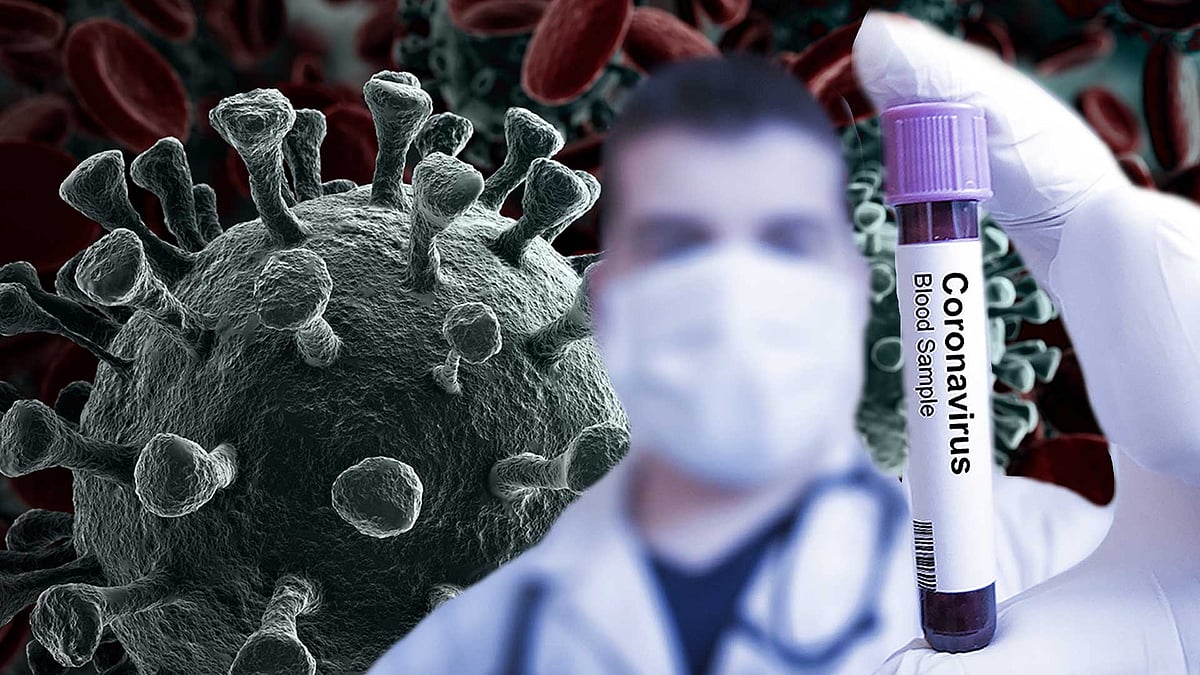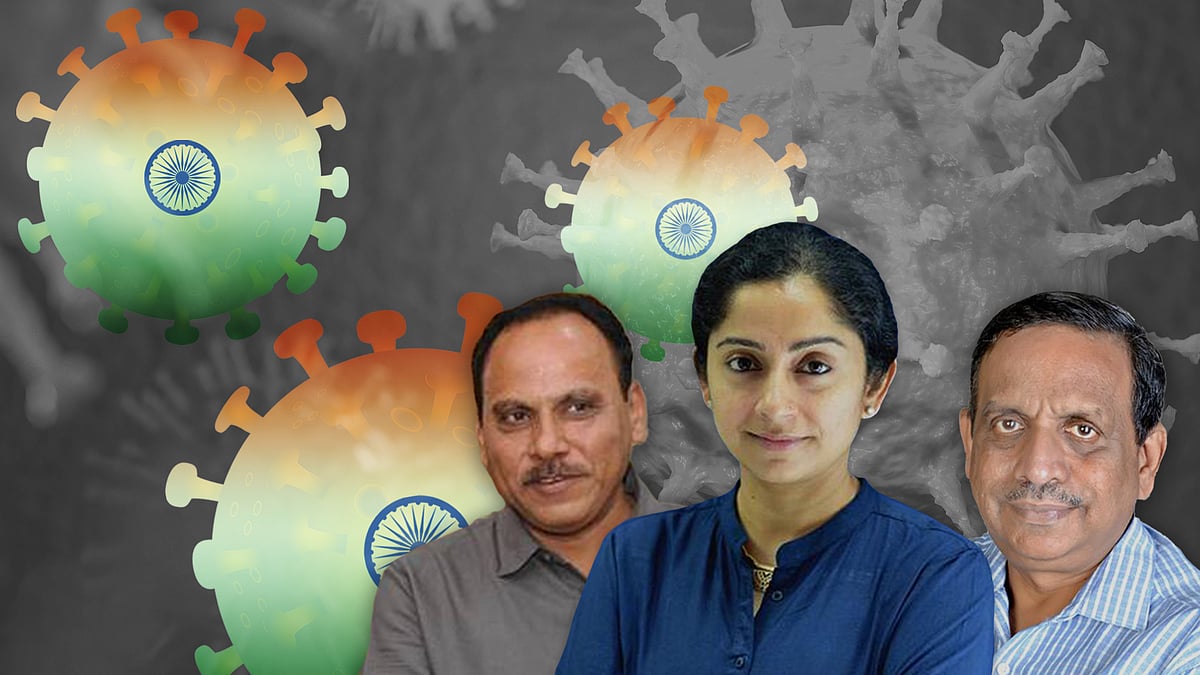Coronavirus: What we have learned from latest research
There’s still no cure but 44 vaccines are in the early stage of development.
Transmission
The virus is primarily transmitted between people through respiratory droplets and droplets on surfaces.
There’s some evidence that the virus may be present in faeces. Post-cleaning samples tested negative, suggesting that current decontamination measures are sufficient.
A recent study found there could be asymptomatic Covid-19 transmission, with 14% of the infected people never showing symptoms. This means Covid-19 testing strategies and other disease control activities must account for asymptomatic transmission, especially after physical distancing recommendations are relaxed.
Testing
The rapid test measures antibodies generated by the body to fight off Covid-19 infection. The result is available within half an hour. The test comes positive after seven to 10 days of infection. While a positive result indicates exposure to the virus, a negative result does not rule out Covid-19 infection
PCR, or polymerase chain reaction, test measures the load of viral particles. It checks for the genetic material of the virus. The result is out within six to eight hours. Currently, there are around 135 PCR tests available in India.
Treatment
There’s no treatment yet.
The WHO has launched a global megatrial, aka Solidarity Trial, of four of the most promising coronavirus treatments:
Remdesivir, an experimental antiviral compound.
Chloroquine and hydroxychloroquine, which are malaria medications. On March 23, the Indian Council for Medical Research released an advisory recommending the use of hydroxychloroquine as a preventive medicine for those at high risk of coronavirus infection. But there’s no robust evidence supporting its use yet.
Lopinavir and Ritonavir. A recent trial found that these two HIV drugs provide “no benefit beyond standard care” to patients with very severe Covid-19 infection.
Lopinavir, Ritonavir and Interferon beta.
The design of the Solidarity Trial is not doubleblind, the gold standard in medical research, so there could be placebo effects in patients knowing they have received a candidate drug. But the WHO says it has to balance scientific rigour against speed.
There are at least 44 vaccines in the early stage of development for the novel coronavirus.
What else do we need to know?
There are reports of loss of smell or taste in those with Covid-19. But more information is needed on the frequency, onset and duration of these symptoms to inform Covid-19 screening.
Care facilities for the elderly or nursing homes are vulnerable to respiratory disease outbreaks where they can spread rapidly and widely.
Labour and delivery services should maintain strict infection control measures and closely monitor babies born to women with confirmed or possible Covid-19.
Disease modeling science is based on the data that is available and the assumptions made based on it. Each model should be reviewed and weighed before making countrywide policy decisions. The disease models available for India are:
CDDEP and Johns Hopkins model: They have provided a national estimate and state estimates for Uttar Pradesh, Delhi, Kerala, Maharashtra, and Telangana. They have modeled three scenarios – high, medium (most likely), and low (optimistic). The model has been published on the website of the Center for Disease Dynamics, Economics and Policy. But it is not a published paper that has been peer-reviewed. The model predicts that without any interventions nationally, 300-400 million Indians will be infected by July. It predicts a peak between April and May when around 100 million people will be infected, with 10 million showing severe symptoms and two-four million requiring hospitalisation. Widespread social distancing could reduce the peak load by 75 percent, but ensuring enforcement and compliance will be a challenge.
Cambridge model: They have compared age and contact structures of the populations of India, China and Italy to estimate morbidity and mortality. This paper is a preprint and hasn’t been peer-reviewed. Through an analysis of age and contact structures, the authors summarise that home, workplace and school are the main channels of transmission. Their principal conclusion is that a three-week lockdown is insufficient. They suggest sustained periods of lockdown with periodic relaxation to reduce the case load.
ICMR model: The full paper has been taken down from the website of the Indian Journal of Medical Research. The abstract does not provide much detail about the model or the or the results. It does say that screening at ports of entry will only achieve a modest delay before the virus starts transmitting in the community. When that happens, quarantining symptomatic persons would have meaningfully lessen the disease burden. The ICMR as well as the health ministry, however, maintain that there is no community transmission of the novel coronavirus in India yet.
Read the papers and articles cited above in full:
COVID-19 Weekly Science Review 21-27 March 2020
With COVID-19, modeling takes on life and death importance
COVID-19 Modeling with IndiaSIM
Age-structured impact of social distancing on the COVID-19 epidemic in India
Prudent public health intervention strategies to control the coronavirus disease 2019 transmission in India: A mathematical model-based approach (Preprint, not peer-reviewed)
Scientific Brief: Modes of transmission
Transmission Potential of SARS-CoV-2 in Viral Shedding Observed at the University of Nebraska Medical Center (Preprint, not peer-reviewed)
The two tests that will help to predict spread of Covid-19
Guidance on Rapid Antibody Kits for Covid-19
India risks Covid-19 testing chaos as ICMR keeps cards close to its chest
India Now Has Its Own Affordable and Efficient Coronavirus Test
Race to find COVID-19 treatments accelerates
A Trial of Lopinavir–Ritonavir in Adults Hospitalized with Severe Covid-19
COVID-19 needs a Manhattan Project
Sagri Negi has been a public health specialist for over 10 years. She is currently with an international non-profit which works on strengthening global health systems and preventing epidemics.

Support Independent Media
The media must be free and fair, uninfluenced by corporate or state interests. That's why you, the public, need to pay to keep news free.
Contribute Coronavirus is coming for you. Act now
Coronavirus is coming for you. Act now ‘We’re flying blind’: Indian experts predict how the coronavirus pandemic will pan out
‘We’re flying blind’: Indian experts predict how the coronavirus pandemic will pan out

Power NL-TNM Election Fund
General elections are around the corner, and Newslaundry and The News Minute have ambitious plans together to focus on the issues that really matter to the voter. From political funding to battleground states, media coverage to 10 years of Modi, choose a project you would like to support and power our journalism.
Ground reportage is central to public interest journalism. Only readers like you can make it possible. Will you?
